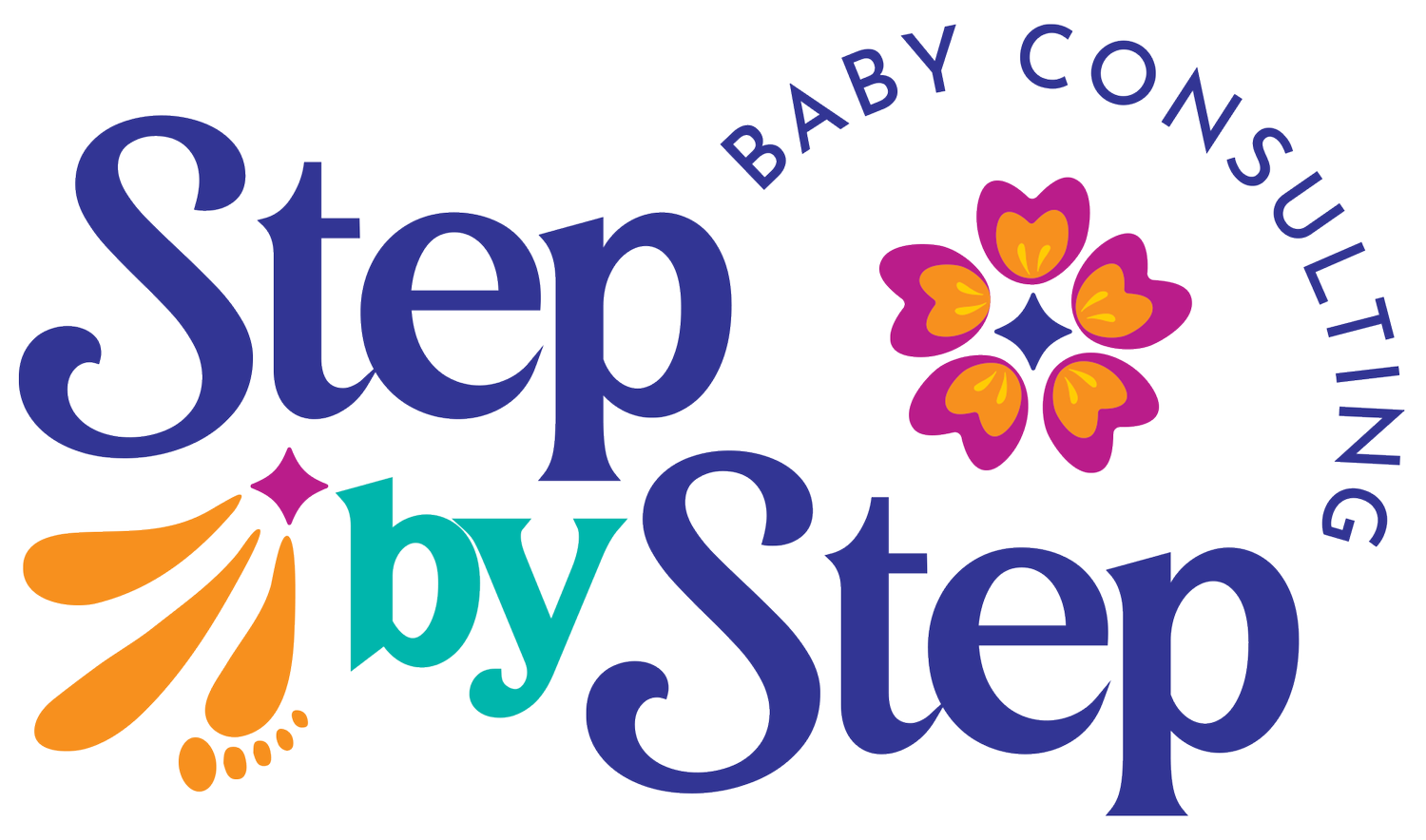Infant Safe Sleep Guidelines
I was recently asked a questions during the Western Colorado Breastfeeding Coalition Advisory Meeting (I know what a mouthful). I was asked how would I support a bed-sharing mother, that was establishing her milk supply? Immediately I answered, as a breastfeeding mother and Lactation Consultant, I know how important establishing your milk supply is, yet the top priority should always be the safety of the infant and as we know bed-sharing increases the risk of Sudden Infant Deaths (SIDS). I would immediately share the American Academy Pediatrics (AAP), Safe Sleep Guidelines with this mother and encourage her to room-share, keeping Baby in a safety approved crib, portable crib, bassinet, or play yard.
This question then opened a whole new discussion about how many parents don’t know or follow the AAP Safe Sleep Guidelines and how many parents unknowingly endanger their children. After the meeting I sat and thought about this, I thought about how when I was a new mother, I had read the Safe Sleep Guidelines (in books and pamphlets), yet they seemed so culturally distant and cold to me. After all, as a Latina I grew up seeing my mother, aunts and sisters’ bed-share with their children, so I figured I would do the same with my son.
It wasn’t until I became a sleep consultant that I learned why these Safe Sleep Guidelines exist, how they came about and looked at the studies/statistics behind them. This is when I learned about the disparities among white and colored infants with Sudden Unexpected Infant Deaths (SUIDS). I learned that American Indian/Alaska Native and Black infants are twice as likely to die of SUIDS than White infants and that SIDS accounts for the highest deaths among American Indian/Alaska Native and Black infants. I immediately started thinking why this was, was it cultural, was it due to lack of information, support and/or resources? Honestly, I think that it’s all of the above! The truth is disparities among white and colored mothers/babies are so big, wide and disappointing, that it would take me countless blog posts to address them all.
Yet today I am here to talk about Infant (newborn to 1-year old) Safe Sleep Guidelines and to help you understand the reasoning behind them.
Room Share do not Bed-Share: Infants should sleep in the same room as parents, in a separate safety approved surface for at least 6 months to 1-year. Room sharing helps facilitate nursing (which protects against SIDS, I will talk more about this below) and the background noises/stirring of the parents prevents the baby from going into deep sleep, which helps protect against SIDS.
Firm Sleep Surface: An infant should sleep in a firm mattress in a safety-approved crib, portable crib, bassinet or play yard. A firm sleep surface reduces the risk of suffocation, if the child where to become face down on the mattress.
Fitted Sheet Only: The safety-approved crib, portable crib, bassinet or play yard, should only have a fitted sheet, if needed (not all bassinets or play yards need fitted sheets). Along with a firm sleep surface, a fitted sheet reduces the risk of suffocation, if the child where to become face down on the mattress.
No Loose Items: No stuffed animals, pillows, crib bumpers, crib bedding, blankets, etc. should be used in the crib. Loose items in the crib increases the chance of SIDS, suffocation, entrapment or strangulation by an infant.
Dress Child Lightly: Pajamas, followed by a sleep sack (there are sleep sacks for hot and cold weather) with no head covering (no hoods, hats or beanie’s) is ideal. The infant should be dressed appropriately for the temperature, with no more than 1 additional layer than an adult would wear to be comfortable. Dressing Baby lightly helps avoid over hearting, which has been linked to SIDS.
Back to Sleep for All Sleep: Infants should always be placed on their back for all sleep. The only time an infant can sleep on their side or stomach, is when they have mastered rolling over and they themselves, have placed themselves on their side or stomach while sleeping. Placing a child on its back for all sleep helps them breath oxygen which is what they need. When children are placed on their stomach to sleep, they create a pocket of carbon dioxide that they re-breath, which can lead to SUIDS.
Nursing: Nursing reduces the risk of SIDS (it is recommended that birthing parents exclusively nurse or feed with expressed milk for the first 6 months). Nursed babies are more easily aroused from sleep and receive antibodies from the breast milk (helps protect them against infection), both of which helps reduce the risk of SIDS.
Pacifier at Nap/Bedtime: Once nursing has been established, offering a pacifier at nap/bedtime has shown to protect against SIDS. When the pacifier falls out of the infant’s mouth when they are asleep, it is not necessary to reinsert it. Pacifiers that are attached to the infants clothing, stuffed toy or other items should not be used during sleep. Sucking on a pacifier requires the tongue to be in a forward position, which decreases the risk of airway obstruction.
Smoking, Alcohol and Illicit Drug Use are Health Hazards for Your Child: Multiple studies have found that prenatal and postnatal smoking alcohol and/or illicit drug use places an infant at a higher risk for SUIDS.
If you are an expecting or new parent, who would like more information about how to follow Safe Sleep Guidelines as it pertains to your little ones sleep environment, take a look at my prenatal and newborn sleep packages. I would love to help you establish safe sleep environment and a healthy sleep foundation for your little on.


